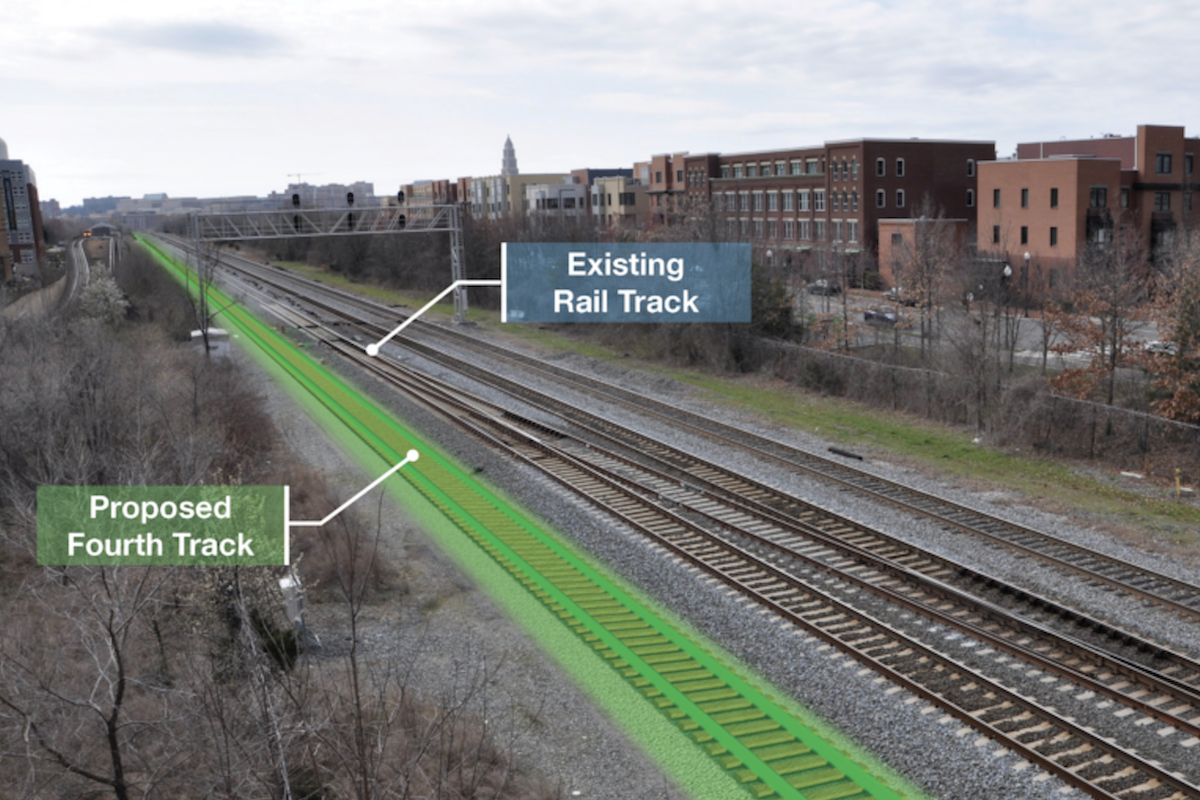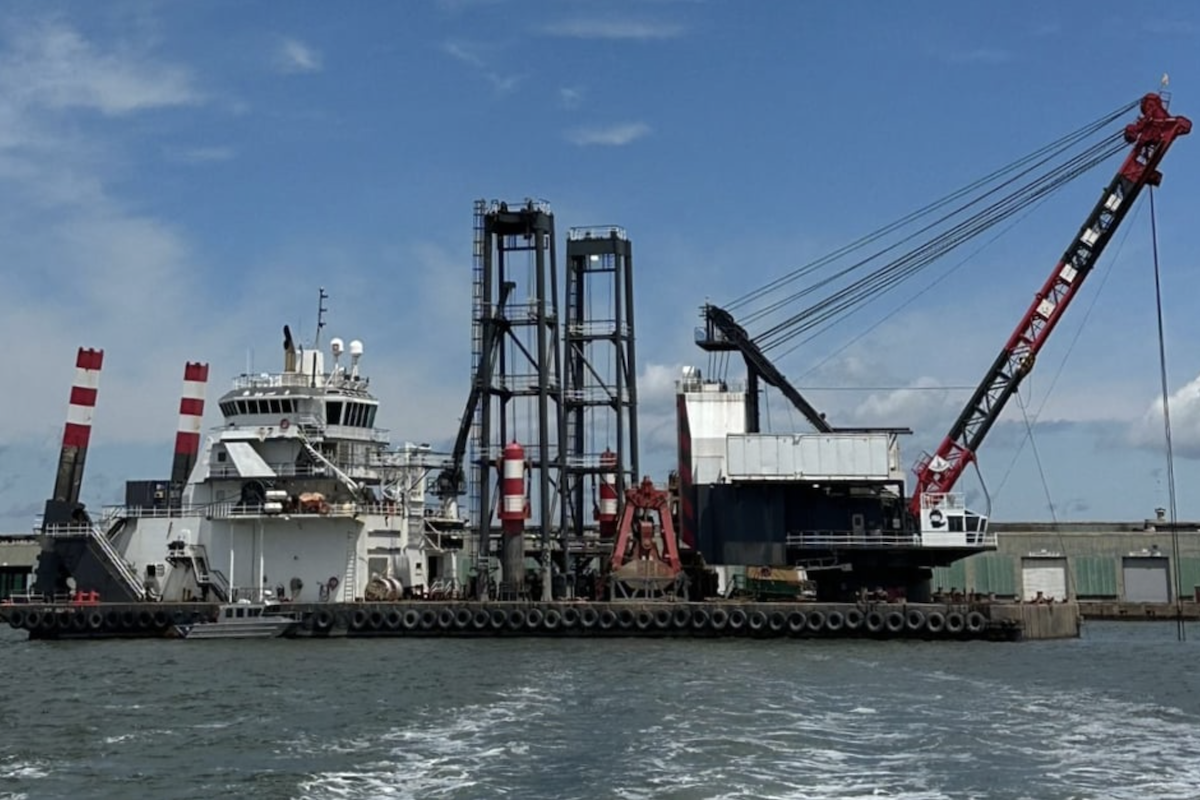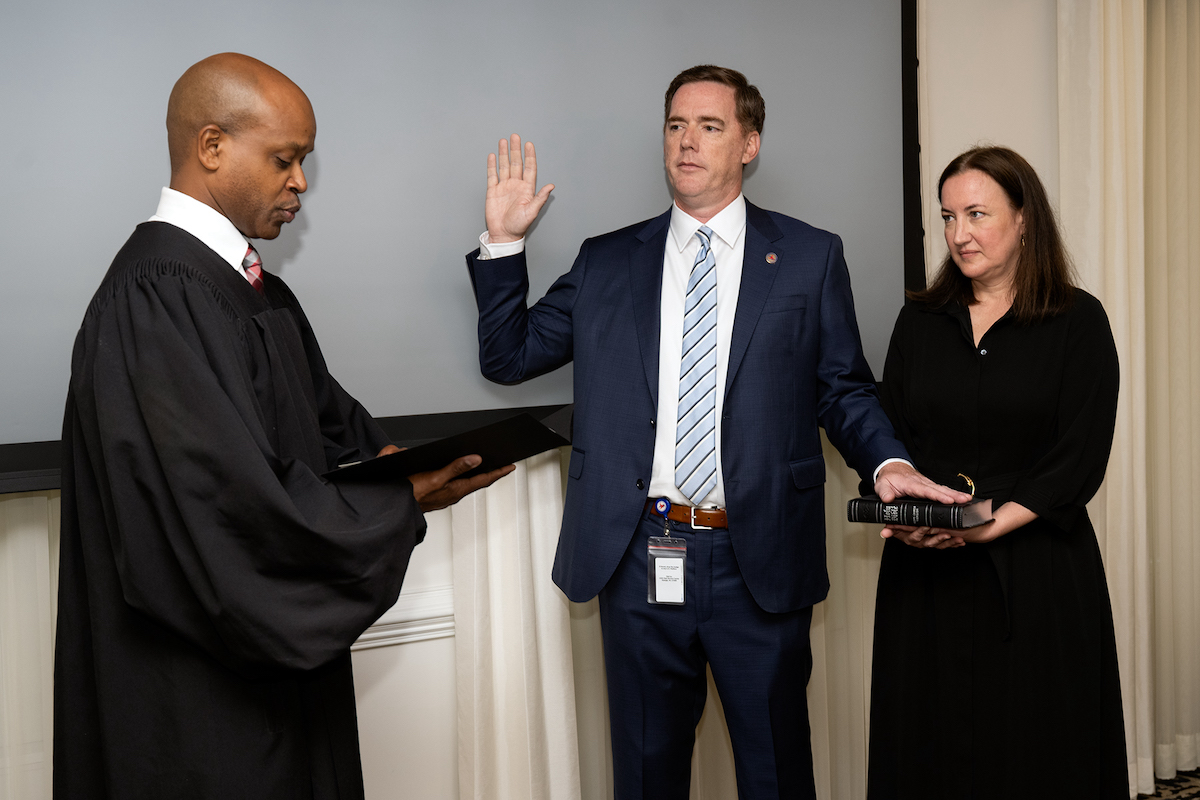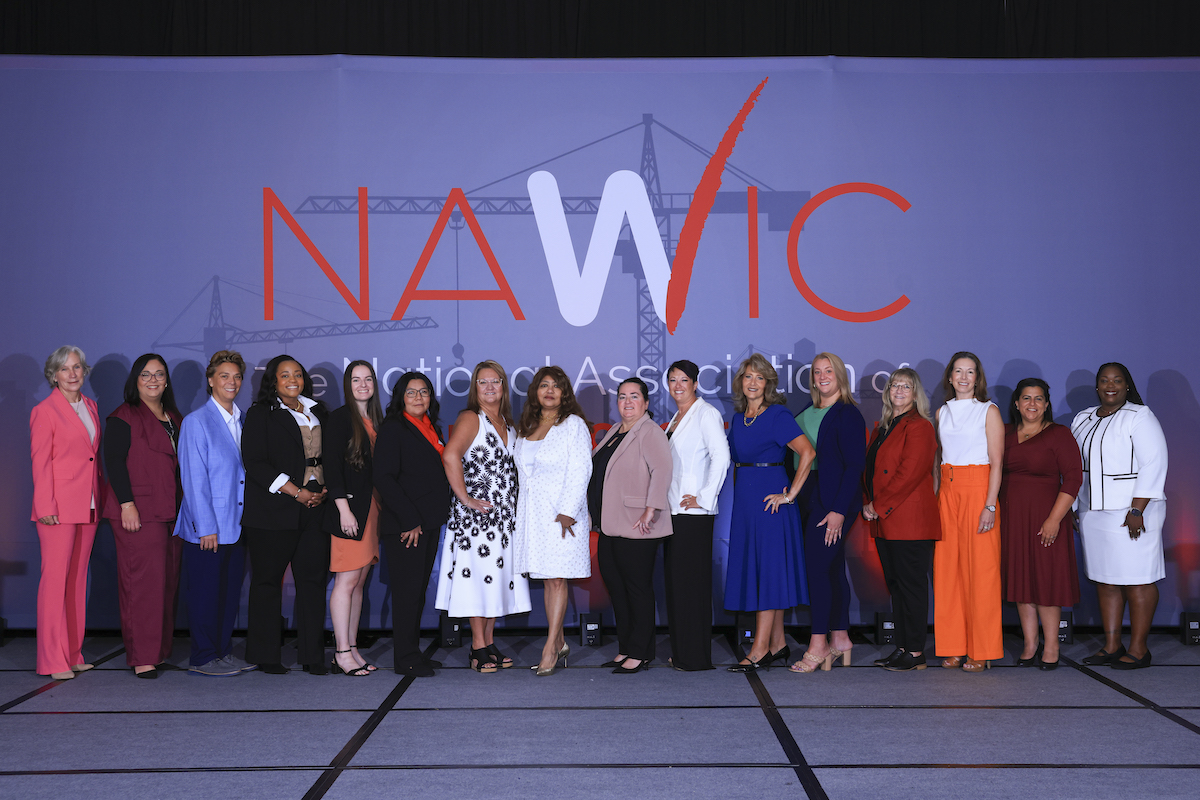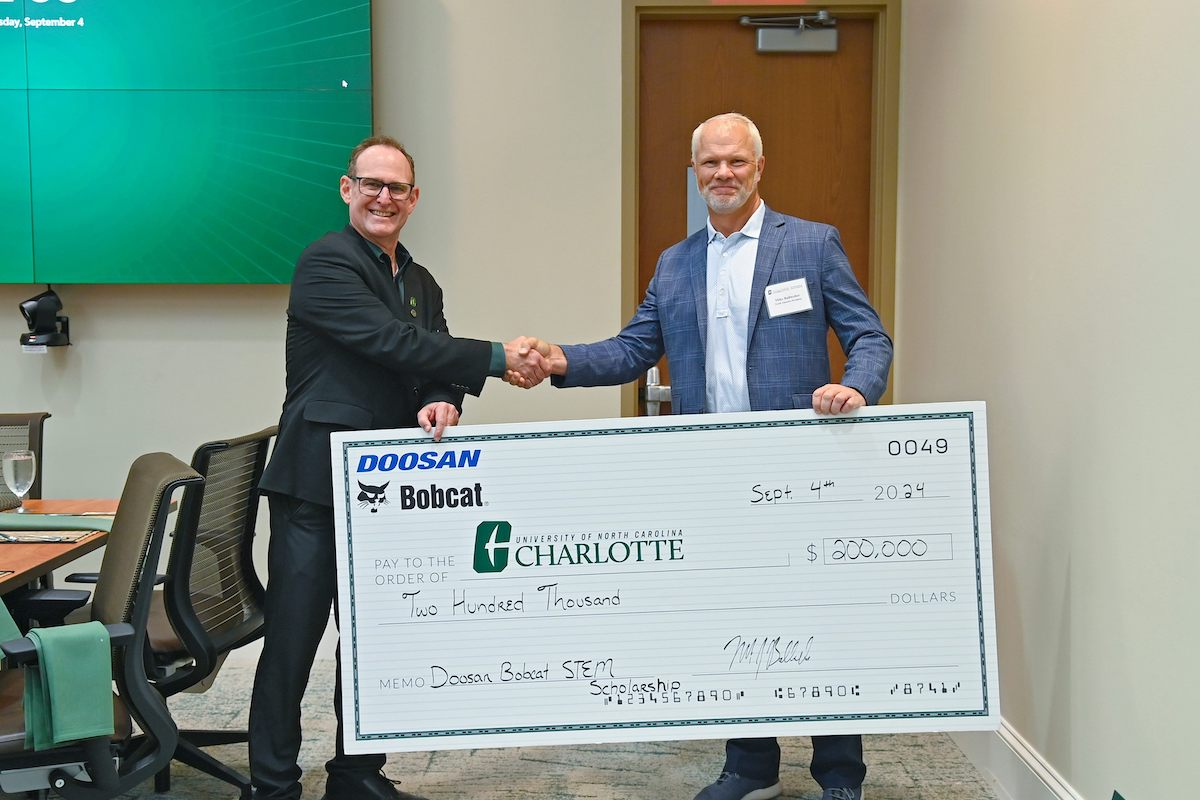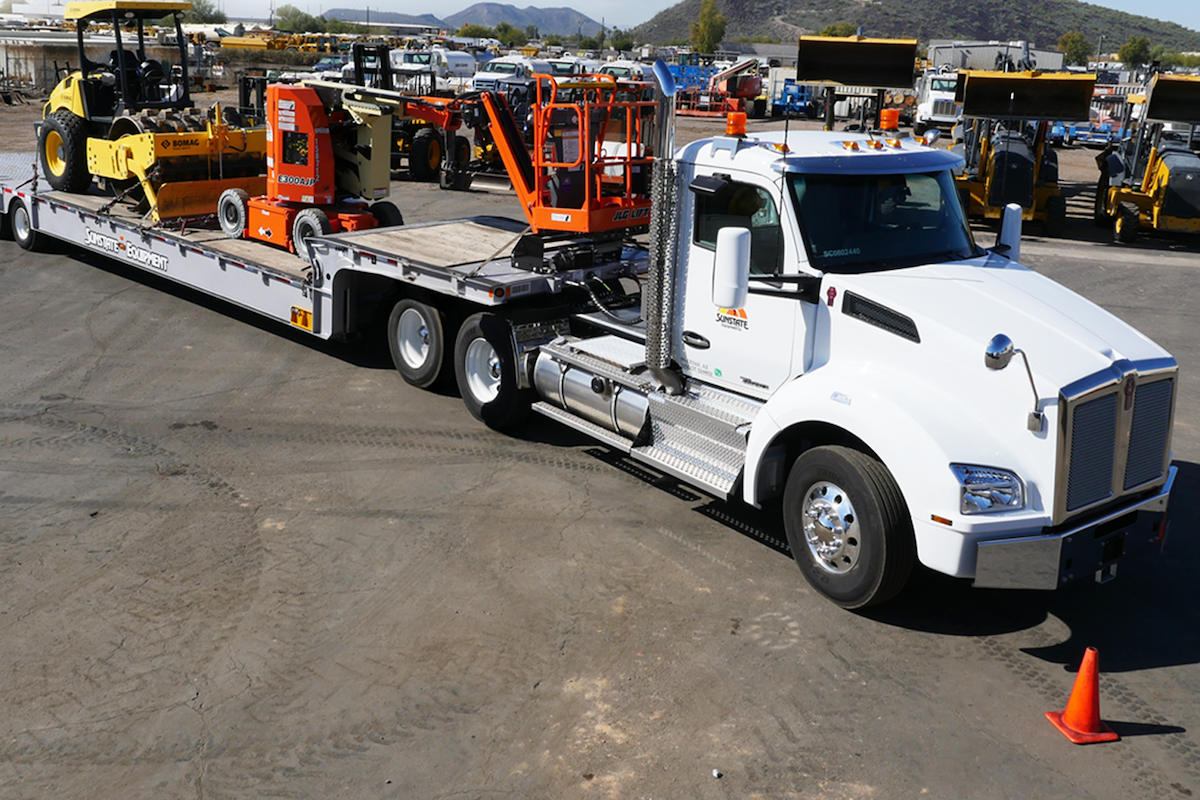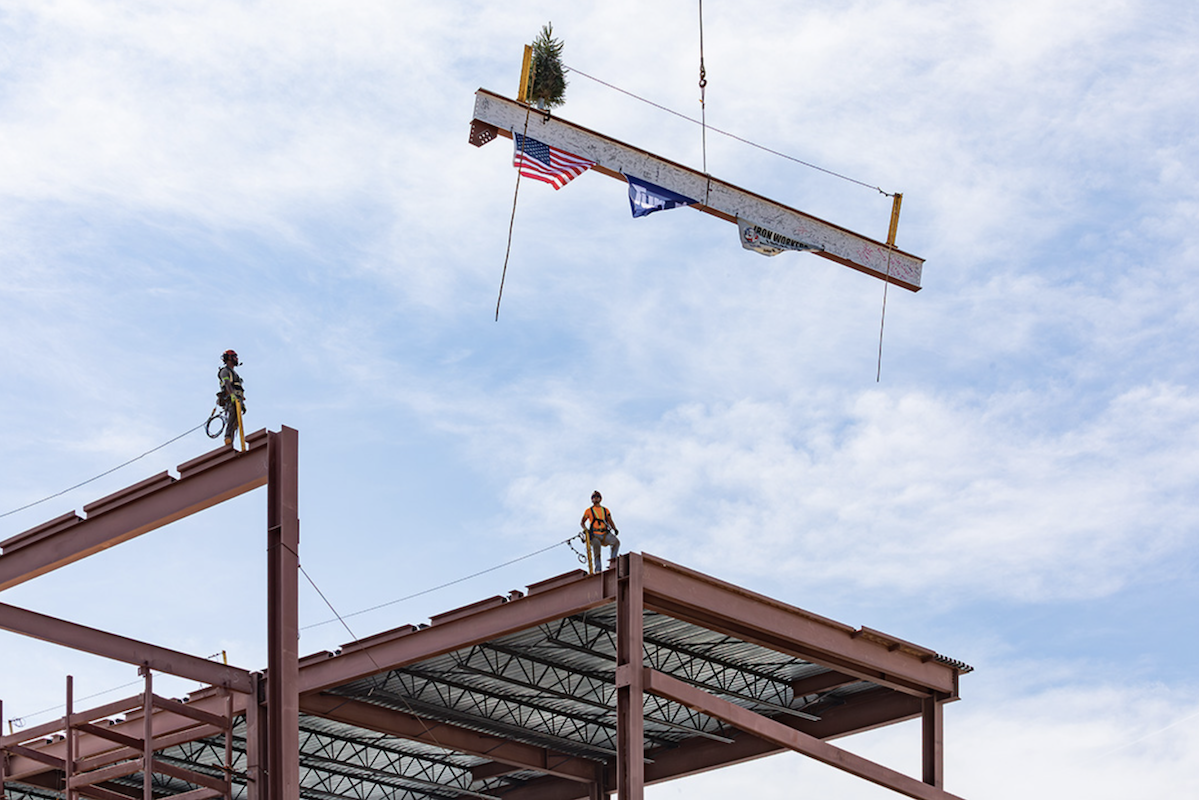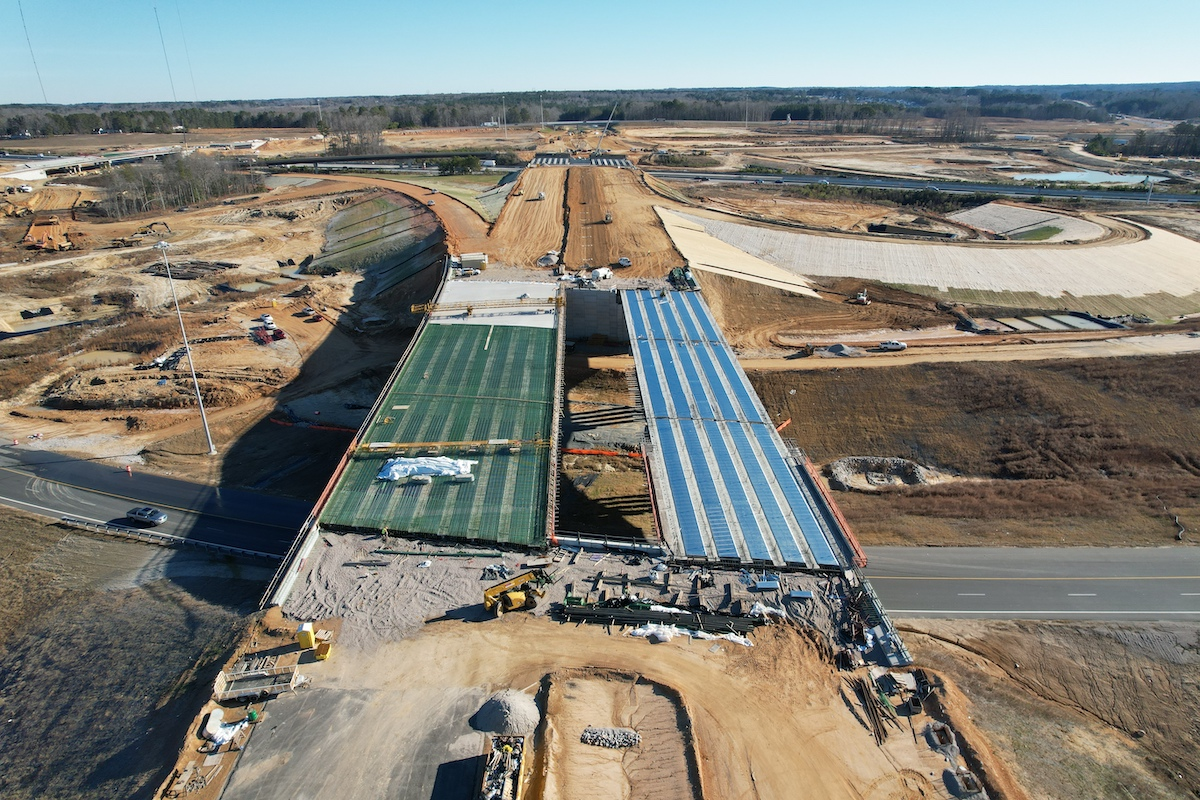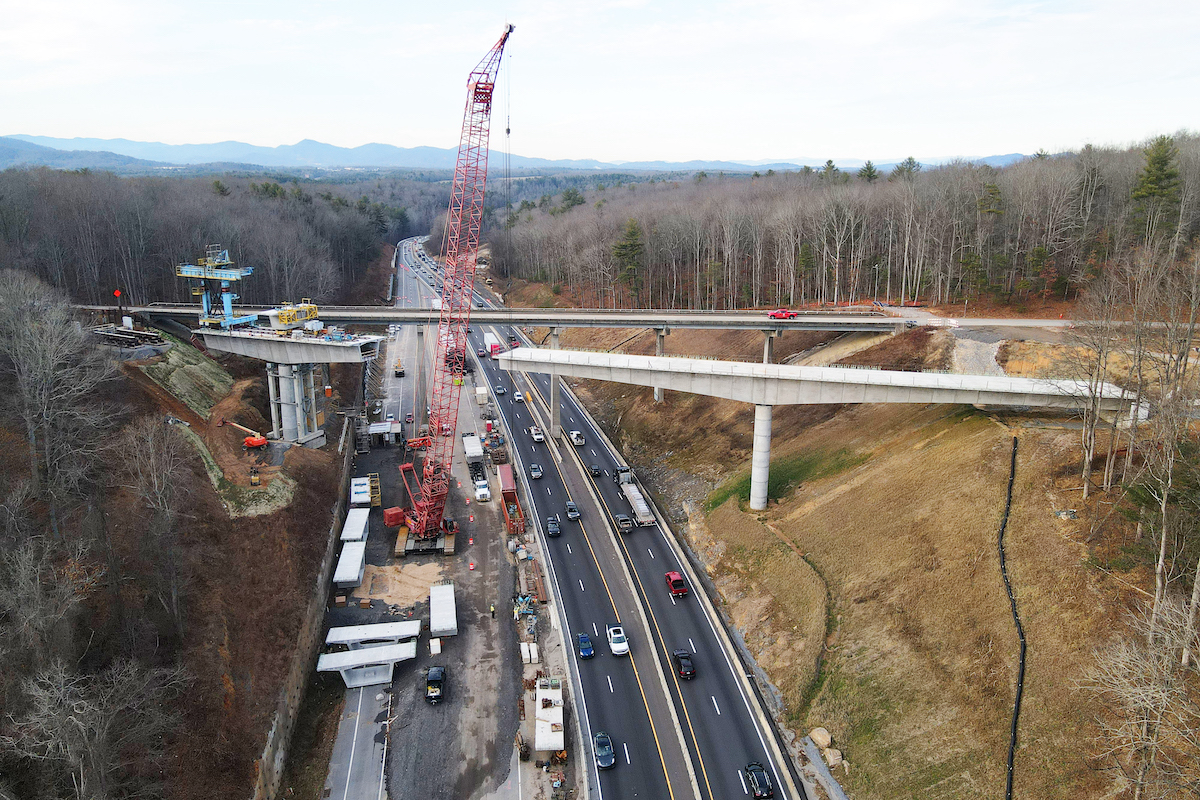WASHINGTON, DC — The
U.S. Department of Transportation’s
Federal Railroad Administration (FRA) announces it has awarded $16.4 billion for 25 passenger rail projects along the Northeast Corridor (NEC), a railroad line running between Boston and Washington, D.C. This particular line is one of the highest volume passenger rail corridors in the world and the busiest in the United States, with hundreds of thousands of daily riders. It also supports billions of dollars in annual economic activity, making it key to the national economy. Projects were selected through the Bipartisan Infrastructure Law’s Federal-State Partnership for Intercity Passenger Rail Program (Fed-State NEC).
This unprecedented rail announcement, which will support over 100,000 construction jobs and advance Gateway Program projects, is the latest in a series of major rail investments made under the Biden-Harris Administration to build a modern rail network. The investment will overhaul infrastructure that outdates 99% of all living Americans by replacing or upgrading 12 major bridges and tunnels that are over 100 years old. Such aged infrastructure causes delays and increased travel time for passengers. Addressing these major backlog projects and advancing planning studies will ensure future progress for an improved national rail network.
Taken together, these investments will upgrade tunnels, bridges, tracks, power systems, signals, stations, and more, allowing for increased speeds, reduced travel time, and a more reliable experience for riders. This means modernizing and strengthening a mode of transportation that produces fewer emissions compared to driving or flying. This announcement comes as demand for passenger rail continues to grow along the NEC, with this summer’s Amtrak ridership surpassing pre-pandemic numbers.
Examples of major Fed-State NEC projects moving forward with new funding include:
- New Jersey/New York - Gateway Program: Hudson Tunnel Project Systems and Fit Out (Up to $3,799,999,820): The project includes final design and construction of the Hudson River Tunnel project and rehabilitation of the existing 113-year-old North River tunnels. Construction will include installation of track, signals, traction power, ventilation, fire and life safety systems, and other necessary systems work in the new Tunnel.
- Maryland - B&P Tunnel Replacement Program: Frederick Douglass Tunnel (Up to $4,707,571,556): The proposed project includes final design and construction of the Baltimore and Potomac tunnel replacement, to be known as the Frederick Douglass Tunnel. The project constructs a new two-track tunnel for passenger rail use, three ventilation facilities, and an approach track. The project also reconstructs associated railroad and roadway bridges in the project area and rebuilds the West Baltimore commuter station to accommodate the new railroad alignment and upgrade the station to fully accessible high-level platforms.
- Maryland - Susquehanna River Bridge Replacement Program (Up to $2,081,215,100): The project includes final design and construction for two new fixed, two-track bridges over the Susquehanna River between Havre De Grace and Perryville, Maryland, replacing the current 117-year-old, two-track structure that is beyond its useful life.
- Connecticut - Connecticut River Bridge Replacement (Up to $826,645,100): The project includes construction to replace the existing Connecticut River bridge between Old Saybrook and Old Lyme, Connecticut, with a modern and resilient moveable bridge immediately to the south of the existing structure. The replacement bridge would maintain the two-track configuration and existing channel location and provide a bascule moveable span with additional vertical clearance for maritime traffic.
- New York - East River Tunnel Rehabilitation (Up to $1,261,851,977): The project includes final design and construction of the East River Tunnels in New York City. The 100-plus-year-old structure has four tracks, and this project will fund full rehabilitation of tracks 1 and 2, with installation of a new direct fixation track, traction power, drainage systems, signals, communication systems, and fire and life safety upgrades throughout the tunnel. Damage to the tunnels from Superstorm Sandy will be fully remediated, returning tracks 1 and 2 to a state of good repair and preparing the tunnels to accommodate future growth.














